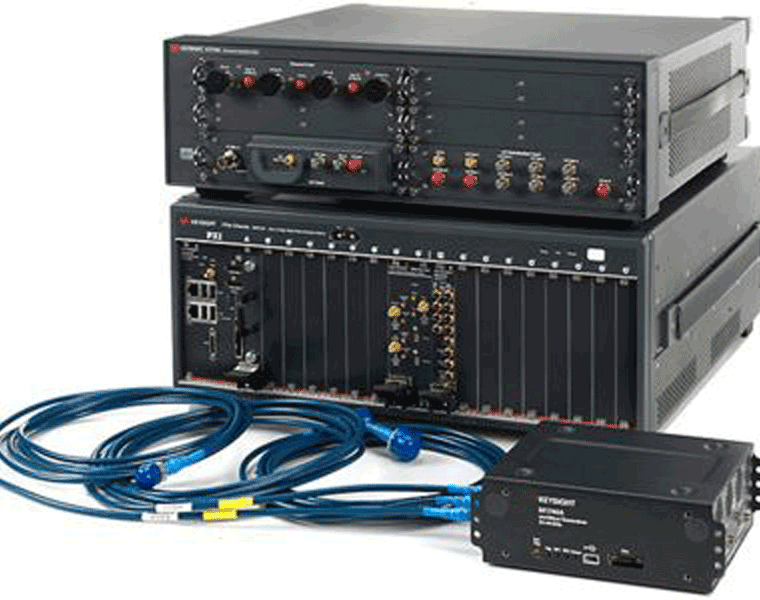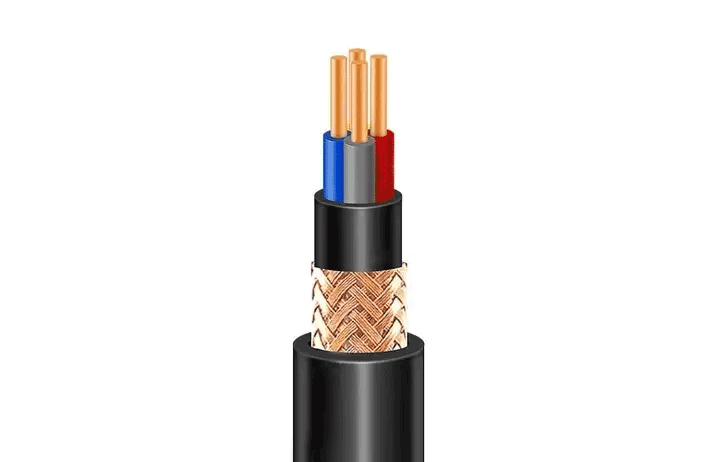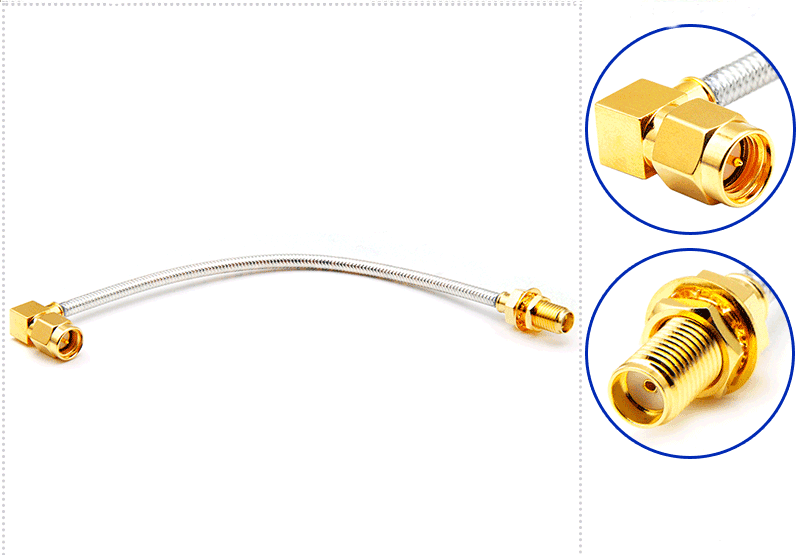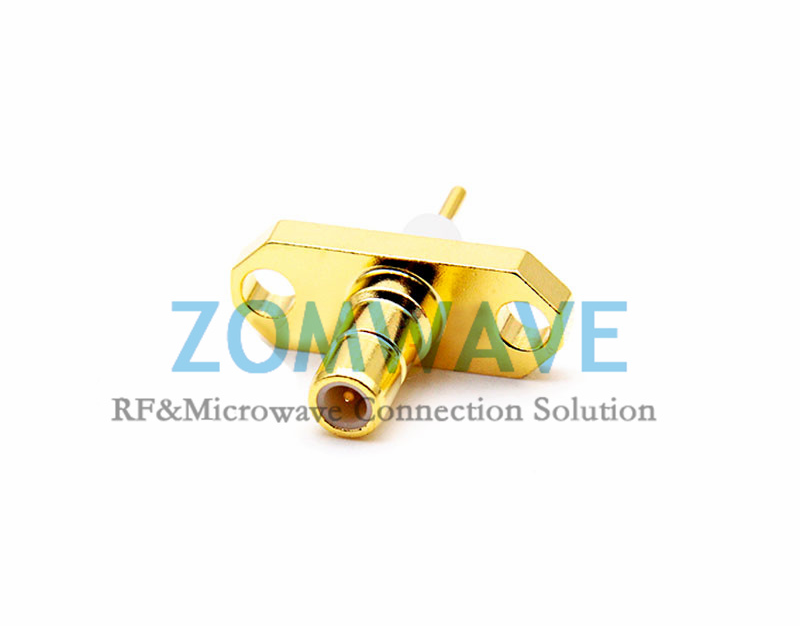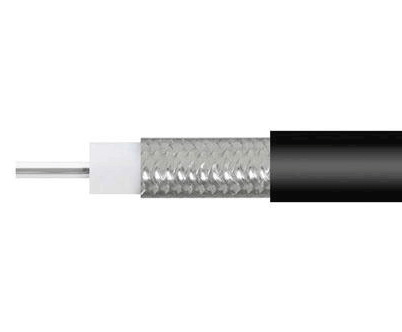Introduction
The Coaxial Cable Buying Guide is an essential tool to help you understand the definition, uses, and how to choose the right coaxial cable. Coaxial cables are widely used in television, internet, and other communication devices. Understanding the different types of coaxial cables and key selection factors can help you make informed purchasing decisions.
Definition and Uses of Coaxial Cable
A coaxial cable consists of an inner conductor, an insulating layer, a shielding layer, and an outer sheath. It is primarily used for transmitting high-frequency signals. Coaxial cables are widely used in television signal transmission, internet connections, and radio communications. Due to their excellent shielding and low loss characteristics, coaxial cables play a significant role in modern communications.
Importance of Buying Coaxial Cable
Choosing the right coaxial cable is crucial for ensuring the quality and stability of signal transmission. Different types of coaxial cables are suitable for different application scenarios. Understanding their characteristics and applicable ranges can help avoid signal interference and transmission loss caused by improper selection.
Types of Coaxial Cable
RG Series
The RG series coaxial cables are among the most common types, widely used in television and broadcast signal transmission. Common models include RG6 and RG11, which have different frequency ranges and impedances, suitable for various applications.
LMR Series
LMR series coaxial cables are characterized by low loss and high shielding effectiveness, commonly used in wireless communication and data transmission. LMR400 and LMR600 are among the more common models, suitable for high-performance transmission scenarios.
Dual and Triple Shielded Cables
Dual and triple shielded cables enhance anti-interference capabilities by adding shielding layers, suitable for signal transmission in high-interference environments. These cables are typically used in industrial automation and security monitoring systems.
Key Factors in Choosing Coaxial Cable
Frequency Range
Different types of coaxial cables support different frequency ranges. Selection should be based on the specific frequency requirements of the application.
Impedance
Common coaxial cable impedances are 50 ohms and 75 ohms. 50-ohm cables are mostly used for wireless communication, while 75-ohm cables are mainly used for television and broadcast signal transmission.
Shielding Effectiveness
Shielding effectiveness directly affects the quality of signal transmission. Selection should be based on the interference conditions of the usage environment to determine the type and number of shielding layers.
Cable Length and Connector Type
Cable length and connector type also affect the quality of signal transmission. Selection should be based on actual needs. Connectors are located at each end of the cable and are usually plated with highly conductive, rust-resistant metals such as gold or silver. These connectors are crafted to preserve the cable’s integrity during signal transmission. The specific connector required varies based on the devices you are linking. Types of coaxial cable connectors include: SMA Connector , SMB Connector, F-Type Connector, N-Type Connector, FME Connector, TNC Connector…
Buying Coaxial Cable or Coaxial Cable Assemblies
Due to the diversity and application requirements of coaxial connectors and cable installations, many suppliers offer pre-assembled coaxial assemblies for specific purposes. For particular uses, when the cable length, performance specifications, and coaxial connector types are understood, opting for cable assemblies is the ideal solution.
Formable coaxial cables with tinned copper braided outer conductors and black FEP jackets are available
Installation and Maintenance
Installation Precautions
When installing coaxial cables, avoid excessive bending and stretching to prevent damage to the internal structure of the cable, which can affect signal transmission.
Maintenance Tips
Regularly check the connections of coaxial cables, clean the connectors, and avoid dust and oxides from affecting signal transmission.
Recommended Brands and Manufacturers
Introduction to Well-Known Brands
There are many well-known coaxial cable brands on the market, such as zomwave, known for their high quality and reliability.
Quality and Price Comparison
When choosing coaxial cables, in addition to focusing on the brand, compare the quality and prices between different brands to select the most cost-effective product.
Purchasing Channels
Online vs. In-Store Purchase
Online purchasing of coaxial cables is convenient and transparent in pricing, but it is important to choose reputable e-commerce platforms or brand websites. For example, you can buy from the official website of Shenzhen Zhongtiancheng Technology Co., Ltd., which cooperates with well-known brands such as Apple, FOXCONN, and flex. In-store purchases allow you to see the actual product, suitable for consumers who need to confirm product quality on-site. Shenzhen has many integrated factories.
Reliable Suppliers and Dealers
Choosing reliable suppliers and dealers ensures the purchase of genuine coaxial cables. Shenzhen has many excellent coaxial cable suppliers, such as Zhongtiancheng Technology Co., Ltd., to avoid signal transmission problems caused by counterfeit products.
Conclusion
Summary of Coaxial Cable Purchasing Recommendations: When choosing coaxial cables, consider the specific application needs, including frequency range, impedance, shielding effectiveness, cable length, and connector type. Choose the appropriate brand and model. Also, select reliable purchasing channels and suppliers to ensure product quality. Proper installation and maintenance can extend the lifespan of coaxial cables and ensure the stability and reliability of signal transmission.

 Coaxial Cable Assembly
Coaxial Cable Assembly Microwave Test Cable
Microwave Test Cable Coaxial RF Connector
Coaxial RF Connector Coaxial RF Adapter
Coaxial RF Adapter Coaxial RF Termination
Coaxial RF Termination Coaxial RF Test Probe
Coaxial RF Test Probe Coaxial RF Attenuator
Coaxial RF Attenuator RF Switch
RF Switch Coaxial RF Power Dividers
Coaxial RF Power Dividers



